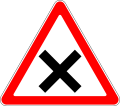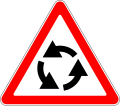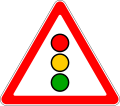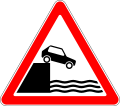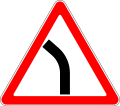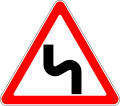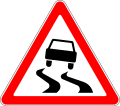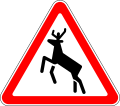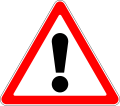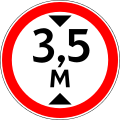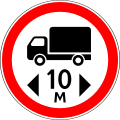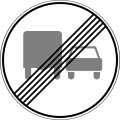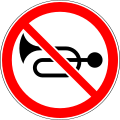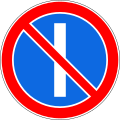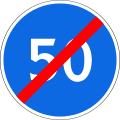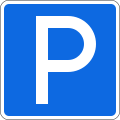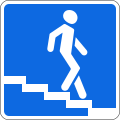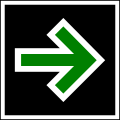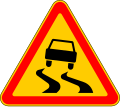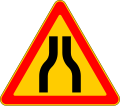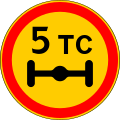5.1 Motorway
5.2 End of the motorway
5.3 Road for cars
5.4 End of the road for cars
5.5 One-way road
5.6 End of one-way road
5.7.1 Exit to a one-way road
5.7.2 Exit to a one-way road
5.8.1 Lane directions
5.8.2 Lane directions
5.8.2 Lane directions
5.8.2 Lane directions
5.8.2 Lane directions
5.8.2 Lane directions
5.8.2 Lane directions
5.8.2 Lane directions
5.8.3 The beginning of the lane
5.8.3 The beginning of the lane
5.8.4 The beginning of the lane
5.8.5 End of the lane
5.8.6 End of the lane
5.8.7 Lane direction
5.8.7 Lane direction
5.8.8 Lane direction
5.8.8 Lane direction
5.9 Bus lane
5.10.1 A road with a line for fixed-route vehicles
5.10.2 End of the road with a lane for fixed-route vehicles
5.10.3 Exit to the road with a lane for fixed-route vehicles
5.11.1 U-turn
5.11.2 U-turn zone
5.12 Bus and/or trolleybus stop location
5.13 Tram stop location
5.14 Taxi stop
5.15 Parking
5.16.1 Pedestrian crossing
5.16.2 Pedestrian crossing
5.17.2 Subway (underpass)
5.17.4 Footbridge
5.18 Recommended speed
5.19.2 Dead end
5.19.3 Dead end
5.19.4 Dead end
5.20.1 A preliminary sign of directions
5.20.1 A preliminary sign of directions
5.20.1 A preliminary sign of directions
5.20.2 A preliminary sign of direction
5.20.3 Traffic scheme
5.20.4 Direction indicator for turning or reversing on sections of roads that do not intersect at the same level
5.20.4 Direction indicator for turning or reversing on sections of roads that do not intersect at the same level
5.20.4 Direction indicator for turning or reversing on sections of roads that do not intersect at the same level
5.21.1 Pointing direction
5.21.1 Pointing direction
5.21.2 Pointing directions
5.22 Entrance to built-up area
5.23 End of built-up area
5.24 Entrance to locality
5.25 End of locality
5.26 Object name (river name)
5.26 Object name (street name)
5.27 Distance indicator
5.28 Kilometer sign
5.29.1 Route number
5.29.1 Route number
5.29.2 Route number and direction
5.29.2 Route number and direction
5.29.2 Route number and direction
5.30.1 Direction of movement for trucks
5.30.2 Direction of movement for trucks
5.30.3 Direction of movement for trucks
5.31 Detour scheme
5.32.1 Detour direction
5.32.2 Detour direction
5.32.3 Detour direction
5.34.1 Preliminary indicator for changing lanes onto another roadway
5.34.2 Preliminary indicator for changing lanes onto another roadway
5.35 Reversible lane
5.36 End of reversible lane
5.37 Exit to the road with reversible lane
5.38 Residential area
5.39 End of residential area
5.40 Emergency stopping
5.41 Photo- and video traffic control
5.42 Turn right on red light
5.43 Radar
5.46 Children
5.47.1 Tourist attractions
5.47.2 Tourism information center












